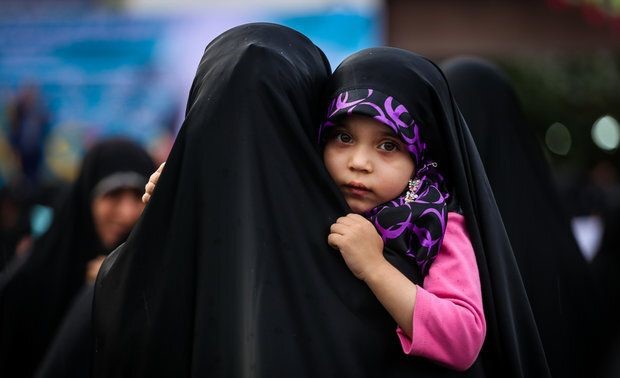The hijab in Iran has never been a mere piece of clothing. It has been redefined time and again within cultural and social contexts, and even today, reflecting on its meaning and function remains inseparable from the identity and role of women.
A Cultural Mirror of Identity
The culture of every society reflects not just ways of life but the meaning of existence itself. For Iranian women, the hijab has never been only about appearance; it has been closely tied to identity, agency, and social position. Over history, it has been reinterpreted—sometimes as tradition and obligation, sometimes as a symbol of resistance against oppression, and at other times as a language for expressing identity.
Why Hijab Still Matters Today
The contemporary importance of hijab lies precisely in its capacity for reinterpretation. Women can transform it from a mere rule or habit into a field of self-creation and empowerment. The key question is how to view hijab in today’s world—not as a tool of control, but as a sign of strength, identity, and meaningful presence.
When hijab is experienced only as a limitation, women are inevitably pushed aside. But when it is linked to identity, agency, and conscious choice, it becomes a force for rebuilding social power. In this sense, hijab is not only about clothing, but a discourse on womanhood, the body, faith, and the relationship with modernity.
Three Frameworks for Understanding Hijab
- Hijab as Consumption
In today’s media-driven world, hijab can be turned into a fashion commodity, where women are passive consumers. The rise of “hijab style” belongs here—using hijab merely as a tool for advertising and self-display, detached from deeper meaning. - Hijab as Bodily Control
In another view, hijab becomes a tool of jurisprudence and social norms for regulating the female body, limiting women under male-centered or traditional gazes. Here, it functions mainly as a barrier against sexuality in public life. - Hijab as Struggle
In contrast, within the framework of the Islamic Revolution, hijab has been a means of presence, resistance, and building an independent society. In this sense, the veiled woman is active, making choices, and generating power rather than being confined.
This explains why some women feel powerless in crises: the issue lies not in personal weakness but in the chosen framework of meaning. Those who define hijab only in consumerist or juridical terms lack resilience against cultural pressures, while those who see it as a tool of struggle can use it as a form of social action.
Redefining Hijab, Reclaiming Power
Today, hijab in Iran stands at a historical crossroads. For many, it is still preserved, yet in political and social conflicts it can become distorted. The way forward lies not in enforcing or abolishing it, but in allowing women themselves to redefine hijab—not as a habit or fear-driven rule, but as a conscious choice and source of strength.
A veiled woman today must do more than defend her hijab; she must restore the meaning behind it. If consumerist or juridical frameworks have limited her, she can reconstruct the framework of struggle—not with slogans, but through resilient living, active presence, and meaningful participation. In this sense, hijab once again becomes not just clothing, but a garment of resistance.
From: mehrnews


